Find out how everything in a chemistry lab works, from pipettes to burners to recrystallization to storage. You'll get precise instructions on how to work and perform certain scientific duties in the chem lab, whether it's chemical or just ordinary high school science.
Watch this video on how to heat liquids with a casserole in the chemistry lab. Put your safety glasses on and never bring your face close to a heated casserole because the boiling liquid might spray. Keep the liquid level below the half of the casserole depth.
Because the rubber handle may get burned, never heat it on wire gauze with ceramic center. Because a casserole might be broken upon heating when it has water drops on the outside. Wipe them off before use.
The bench might get burned when a casserole is put on immediately after heating. A hot casserole might crack when put on a wet place. Put it on a heat-resistant board or on a dry bench after short cooling. Add a liquid after sufficient cooling to dissolve the residue. Otherwise, the casserole might deform or crack.
How to Use a Casserole:
- Gently heat a casserole containing a solution with a small flame and slowly move the casserole in a consistent circular motion over a flame.
- When the liquid begins to boil, move the casserole away from the flame. Then, keep gentle boiling by occasional heating.
- When a part of the bottom of the casserole begins to dry, move the casserole away from the flame and let the solution completely dry by residual heat.
Just updated your iPhone? You'll find new emoji, enhanced security, podcast transcripts, Apple Cash virtual numbers, and other useful features. There are even new additions hidden within Safari. Find out what's new and changed on your iPhone with the iOS 17.4 update.
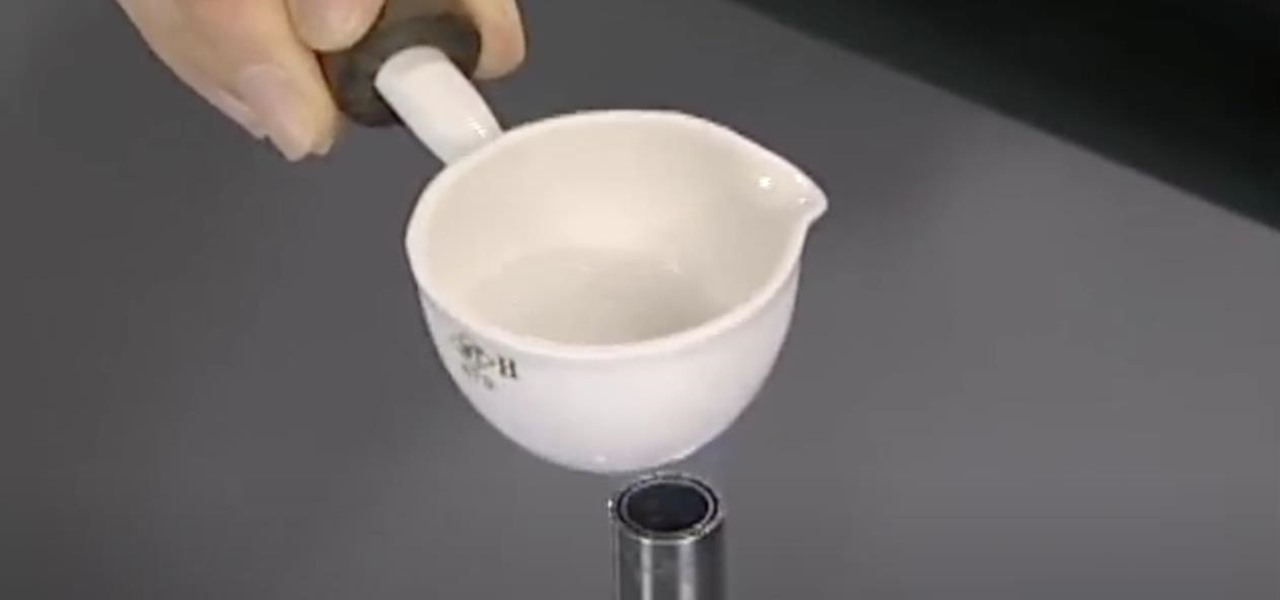


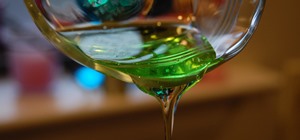
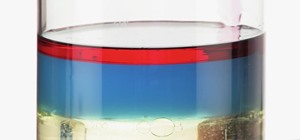
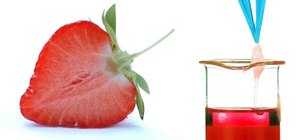
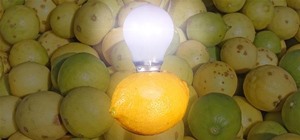

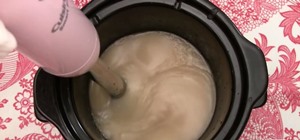
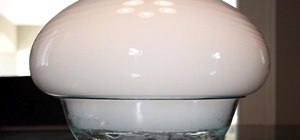
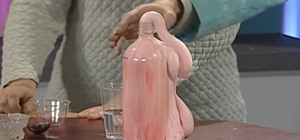

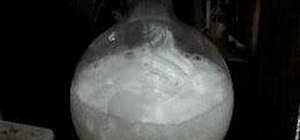

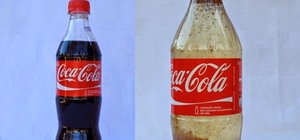
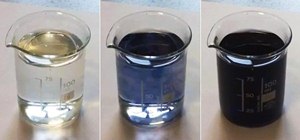
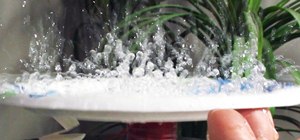



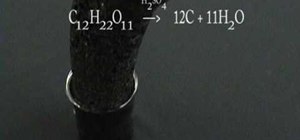
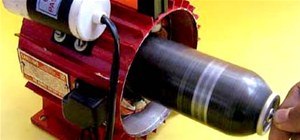

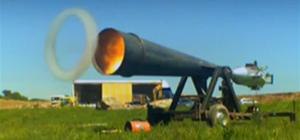
Be the First to Comment
Share Your Thoughts